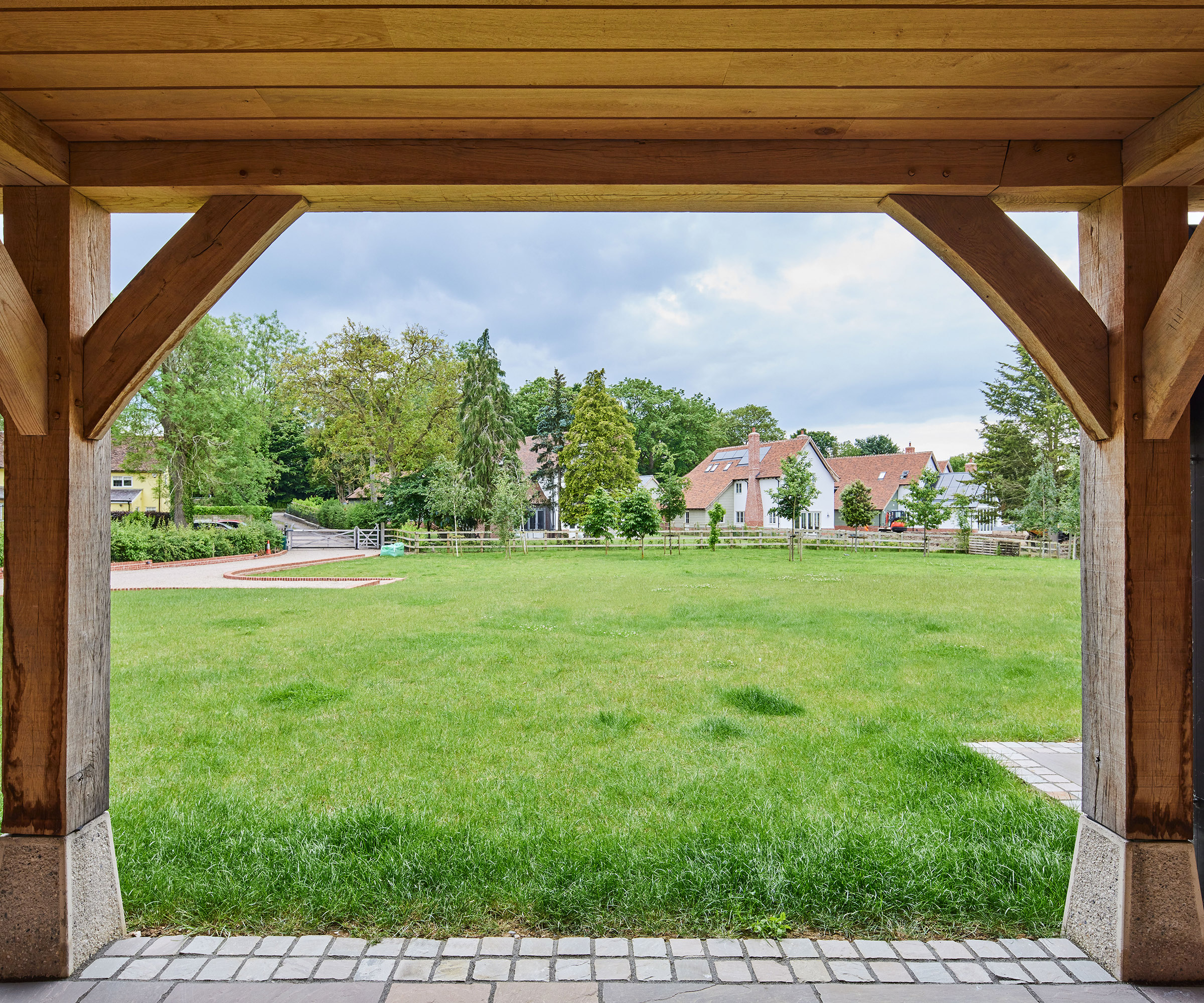Planning bill U-turn: What it means for Britain’s greenbelt
Stronger environmental rules could reshape timelines, costs, and risks for developers near protected land

After mounting pressure from environmental groups and rebel MPs, the government has quietly rewritten a major section of its flagship planning bill.
The key changes strengthen nature protections, particularly in greenbelt and rural areas, and introduce new conditions around development timelines.
For homebuilders, renovators, and self-builders, this shift could affect how and when you break ground, particularly around gaining planning permission.
Nature first: Why developers must plan conservation upfront
The revised legislation requires developers to provide detailed Environmental Delivery Plans (EDPs) that include a clear timeline for implementing conservation measures.
This means habitat protections must now be scheduled alongside - or in some cases before – construction begins. For anyone planning a build near greenbelt land, SSSIs, or known wildlife habitats, early ecological planning will become essential.
The government’s official amendment summary states that EDPs must: “Set out the anticipated sequencing of the implementation of conservation measures – with specific reference to the timing of development coming forward.”
This sequencing is designed to prevent irreversible damage by ensuring mitigation measures are locked in before work begins.
Bring your dream home to life with expert advice, how to guides and design inspiration. Sign up for our newsletter and get two free tickets to a Homebuilding & Renovating Show near you.
Government ministers say it's a 'balanced approach' but critics disagree
I warmly welcome the government’s response to the Planning and Infrastructure Bill.Thank you to all the constituents and nature charities who stood up for wildlife—this is a big win.Let’s now end the developer-led model to deliver a genuine win-win for housing and nature. pic.twitter.com/GOSMVRPE0UJuly 21, 2025
The new requirements follow intense political pressure. Labour MP Chris Hinchliff, who was suspended for defying the party whip, had tabled similar proposals – most of which have now been adopted.
Despite that, the government insists the changes are distinct and more practical.
A government spokesperson said: “We have brought forward a comprehensive package of amendments to ensure our reforms deliver improved outcomes for nature whilst supporting our efforts to get Britain building.”
Chancellor Rachel Reeves echoed that sentiment, saying: “We care more about the young family getting on the housing ladder than… protecting some snails.”
However, housing minister Matthew Pennycook struck a more technical tone, noting that the government had “carefully listened to the Office for Environmental Protection and other expert stakeholders” before tabling the changes.
What could this mean for housing projects?

For small developers or individuals building near the countryside, these changes may add complexity.
Conservation measures – like habitat buffers, bat boxes, pond restoration, or woodland protection – could become legal preconditions to breaking ground. In high-sensitivity zones, failure to plan upfront may result in lengthy delays or planning refusals.
The amendments also make it clear that: “Upfront conservation measures may be necessary in instances where a habitat or species is rare or fragile, requiring immediate action… before development impacting upon it could be approved.”
This marks a significant policy shift. Instead of mitigation being a post-permission consideration, it now sits at the heart of the planning approval process.
For many in the industry, it means revisiting project timelines, hiring ecologists early, and budgeting for additional surveys or habitat works before foundations are laid.

News Editor Joseph has previously written for Today’s Media and Chambers & Partners, focusing on news for conveyancers and industry professionals. Joseph has just started his own self build project, building his own home on his family’s farm with planning permission for a timber frame, three-bedroom house in a one-acre field. The foundation work has already begun and he hopes to have the home built in the next year. Prior to this he renovated his family's home as well as doing several DIY projects, including installing a shower, building sheds, and livestock fences and shelters for the farm’s animals. Outside of homebuilding, Joseph loves rugby and has written for Rugby World, the world’s largest rugby magazine.
